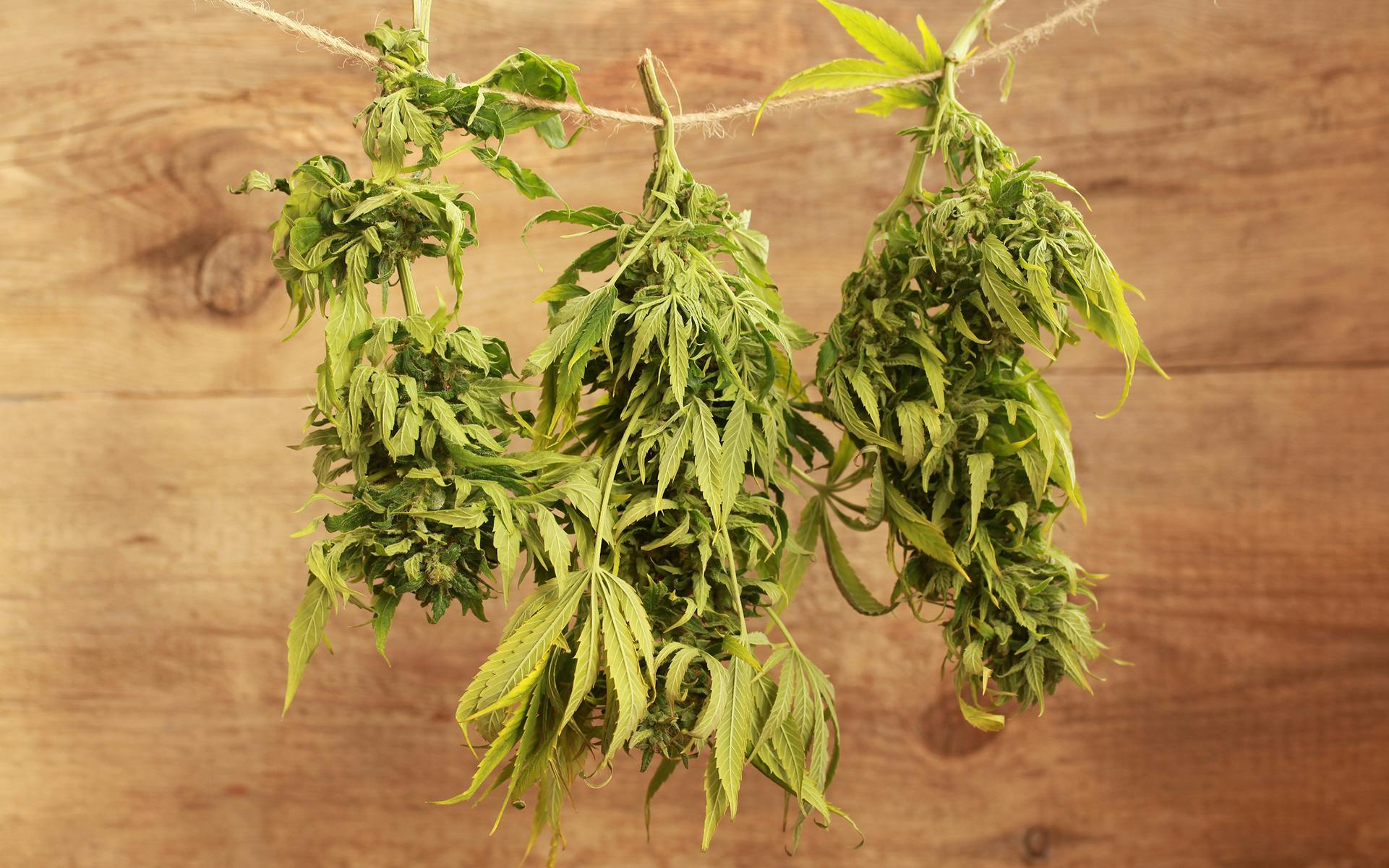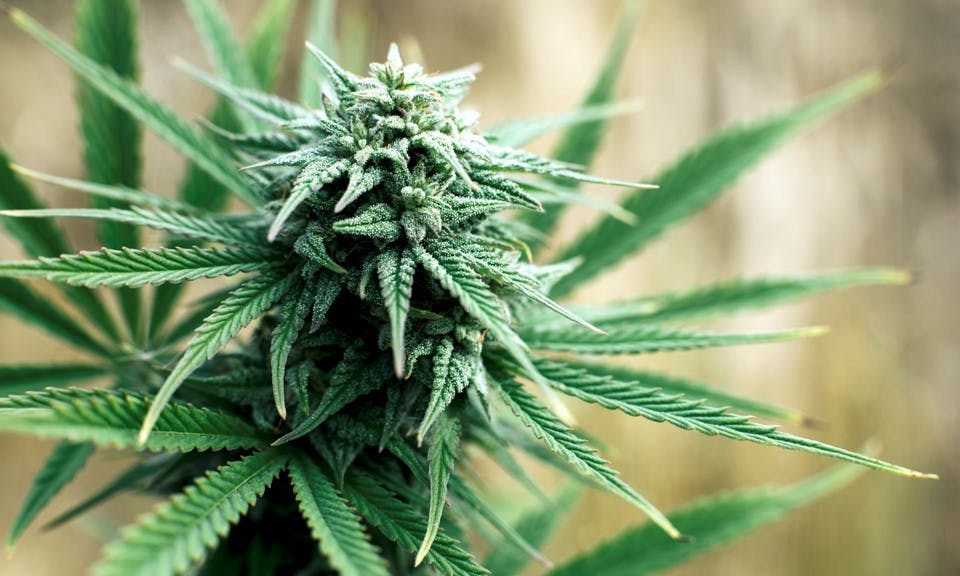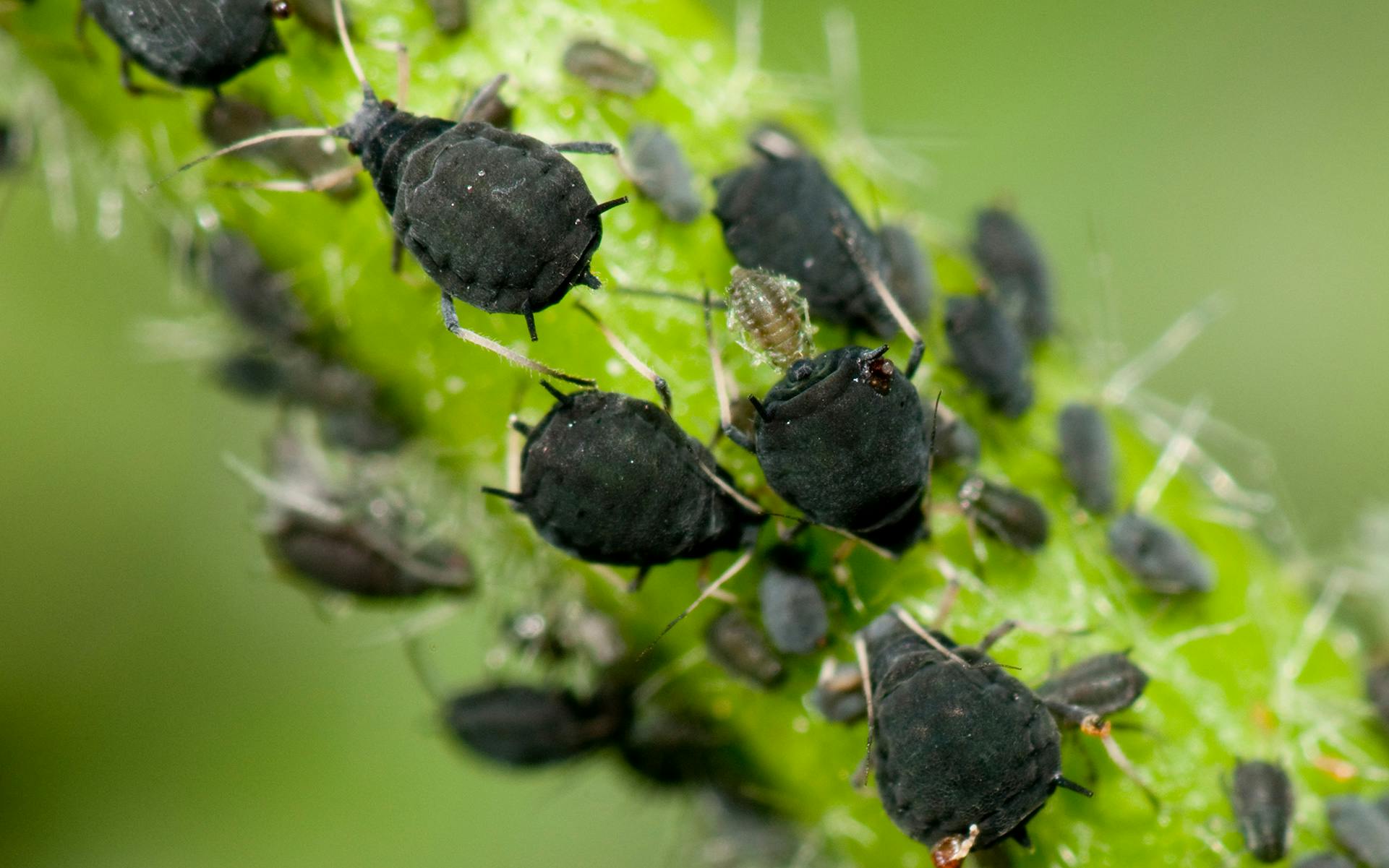We’re not going to delve into other matters where this might be up for debate, but when it comes to cannabis, bigger doesn’t mean better. Sure, giant weed plants look really cool. If nothing else, it’s ridiculously impressive that a warm season annual can go from seed to tree-sized in a matter of months. We get it.
But when it comes to the actual growing, drying, flavor, and quality of your crop, don’t be suckered into thinking that size is everything. In fact, we have solid reasons to encourage you to embrace smaller plants in your garden.
Nosy neighbors can’t see them
No matter the size, your neighbors might be able to smell the goods from over the fence. But you’ll keep your garden much less conspicuous by growing plants on the smaller side. While weed cultivation might be legal in your state, we’re still operating in a grey area due to federal illegality.
If someone’s got a vendetta against you, you’re just better off not having weed plants towering above fences and in plain sight. And besides revenge seekers, there are people who might be tempted to steal your crop if you’re making it too easy for them.
They’re much easier to care for
The best method of pest control always starts with you giving your plants a once over. That’s quite easy to do when plants are on the smaller side. You can reach up or kneel down, walk around your plant, and give every leaf and bud an inspection, usually without breaking a sweat or taking all day.
Things get a little more complicated when you need a ladder to do the same thing. Not only do you open the door to injury from falling, but it’ll take much more time when you’ve grown giant plants. You’ll likely skip the task entirely, opening the door for pest problems to get out of control.
Small buds are easier to dry
Massive buds definitely look cool, but it can be a headache to try and dry them properly. A tasty, usable crop depends on buds drying evenly from the outside in and inside out. This is a much more reasonable task if buds are a manageable size. Once they feel dry from the outside, a few days of burping them in a storage vessel will suck out the remaining moisture.
Bigger buds are more difficult. Even when you think buds are dry on the outside, they might be packing quite a punch of moisture on the inside. Not only will curing be much more of an artform and take much longer, you’re much likelier to end up with mold problems.
It will likely taste better
If you’re not sold yet, this one will get you: The Emerald Cup judges often hand out awards to buds coming from plants that yield less than two pounds. Simply put, smaller plants can produce better tasting weed.
Think about it: A plant’s goal in life is to reproduce. If it’s stressed in any way, it abandons unnecessary tasks (like packing on extra foliage) and focuses everything on reproduction. That’s why you hear so much about mouthwatering dry-farmed tomatoes or grapes. The harvest might be smaller, both in fruit size and yield, but the taste is unbeatable, as stressed out plants pour everything they’ve got into their fruit, flowers, or seeds.
In the case of weed, that means stickier buds loaded with terpenes and packed with cannabinoids. Don’t take our word for it—Happy Dreams Farm, Eel River Farms, and High Water Farm are just a few of the Humboldt-area spots having great success with dry-farmed weed. Their plants are itty bitty and tasty as hell.
Not shooting for massive weed also bodes well for the environment as well as your pocketbook. You can skip the heavy doses of fertilizers in the false thinking that bigger weed yields tastier plants. What you want to do is a lot simpler and a lot less expensive.
When you first plant your weed outdoors, make sure the soil is amended with plenty of quality, finished compost. Truth be told, that’s likely all your weed needs for the growing season. It’ll be just enough to get the plant growing nicely, and not too much nourishment for the plant to get lazy about flavor.









